The University of Queensland’s Sustainable Minerals Institute has published the first six project reports of the Social Aspects of Mine Closure Research Consortium.
Researchers at SMI’s Centre for Social Responsibility in Mining (CSRM) led the mine closure-related projects, which examined Indigenous employment opportunities, public participation and government engagement processes, integrating social aspects into industry partners’ closure planning, governance and regulation and mining as a temporary land use (full project descriptions can be found below).
The consortium is a multi-party, industry-university research collaboration established to conduct research that challenges accepted industry norms and practices, and demands new approaches that place people at the centre of mine closure.
The Social Aspects of Mine Closure website and online library, a project under the consortium, hosts each of the six project’s reports and accompanying narrated presentations.
CSRM Director Professor Deanna Kemp said publishing the reports contributed significantly to the mine closure literature and provided stakeholders with the latest information.
“In the consortium’s first year of operation, we focused on establishing data and knowledge to inform subsequent research. This strategy is evident in the diversity of projects undertaken,” she said.
“A core theme has been around ‘transition’; that is, viewing closure not merely as an end-point of mining, but as a transition to a post-mining future in which social change continues long after a mine ceases to be productive.
“We are now developing our 2020 research plan, which will build on this solid foundation and deliver on our consortium partners’ priorities.”
Seven major mining companies are consortium partners: Anglo American, BHP, MMG, Newcrest, Newmont, OceanaGold and Rio Tinto.
The work sits under the Sustainable Minerals Institute’s Transforming the Mine Life Cycle strategic research program as one of three research themes (transitioning through closure).
Projects
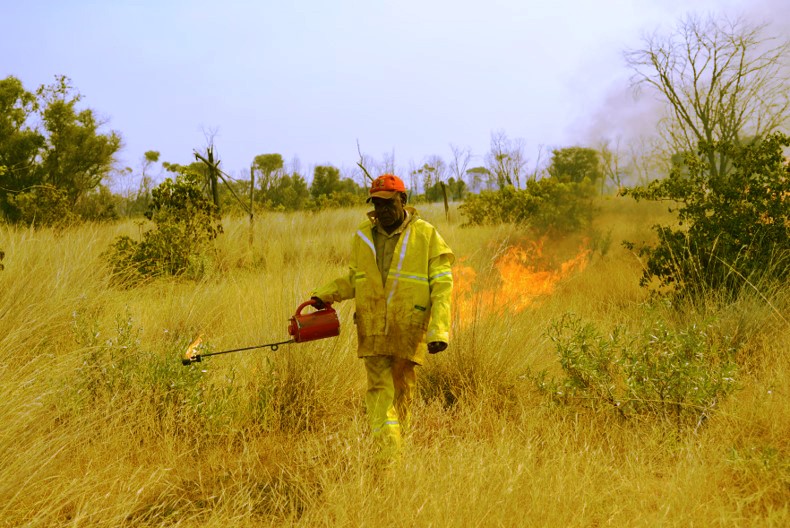 Indigenous groups, land rehabilitation and mine closure: exploring the Australian terrain
Indigenous groups, land rehabilitation and mine closure: exploring the Australian terrain
This study addresses two challenging areas at the interface of mining and Indigenous communities in Australia: (1) the persistent lack of direct employment of Indigenous landowners on mines operating on their land; and (2) increasing expectations that mining companies engage local communities in closure planning and closure criteria setting as a prerequisite for relinquishment. The approach taken seeks to build on one of the greatest assets Indigenous people possess; their attachment to and knowledge of their land.
Researchers: Rodger Barnes, Dr Sarah Holcombe and Joni Parmenter
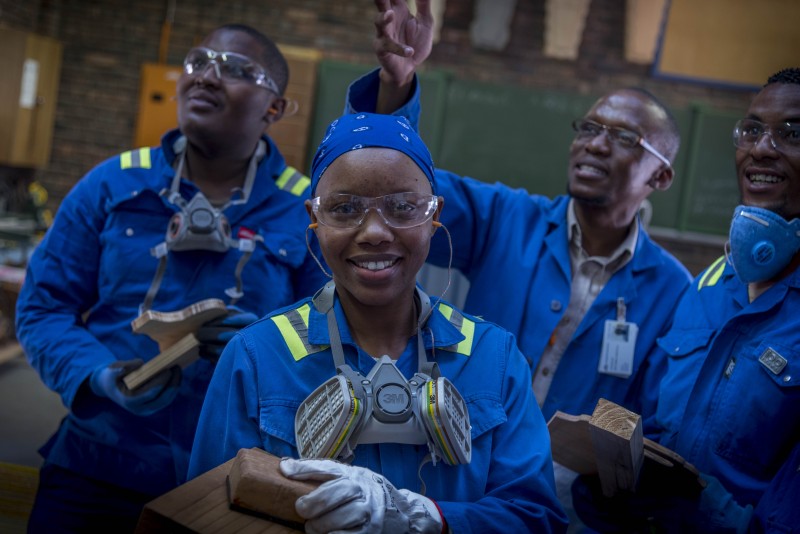 Integrated mine closure planning: A rapid scan of innovations in corporate practice
Integrated mine closure planning: A rapid scan of innovations in corporate practice
The study aimed to identify novel approaches used by consortium member companies to integrate social dimensions into closure planning. Identifying these approaches promotes knowledge exchange between the companies, and provides direction for future research and innovation for mine closure performance. We found that the companies are at various stages of integrating environmental, social and economic factors into planning (at all stages of the mine lifecycle).
Researchers: Dr Sandy Worden, Dr Paul Rogers and Janet Reark (strategic advisor)
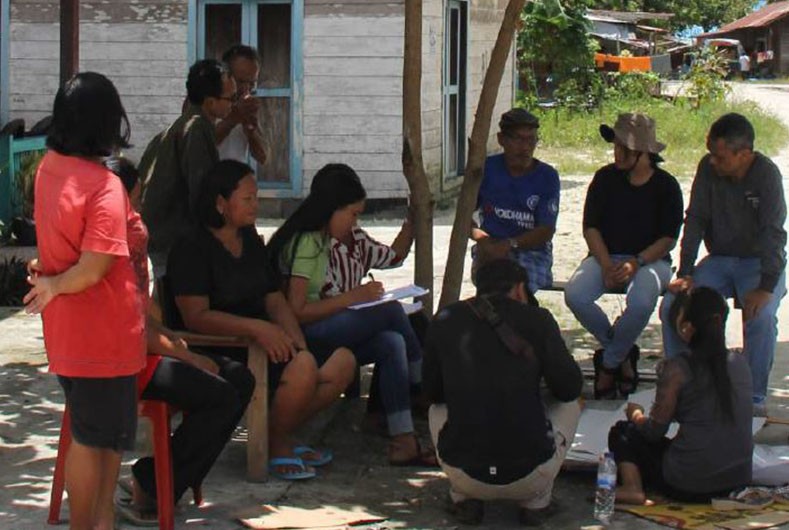 Participatory processes, mine closure and social transitions
Participatory processes, mine closure and social transitions
In closure planning, the focus of public participation is on identifying and managing the changes brought about by closure. What participatory processes contribute to a smooth transition to a post-mining future? How can public participation contribute to a positive socio-economic legacy of mining? This project, undertaken as part of the Social Aspects of Mine Closure Research Consortium, addresses these questions. Researchers found few studies documenting the specific application of participatory processes to mine closure. Even fewer provide analysis to glean broader insights beyond time- and context-specific details. This project was designed as an exploratory, desktop study to ascertain what is known and documented about participation in mine closure. It is intended to provide an overview of key principles, and to function as a repository of case studies to support future research.
Researchers: Dr Jo-Anne Everingham, Dr Kamila Svobodova, Sarah Mackenzie and Dr Kathy Witt
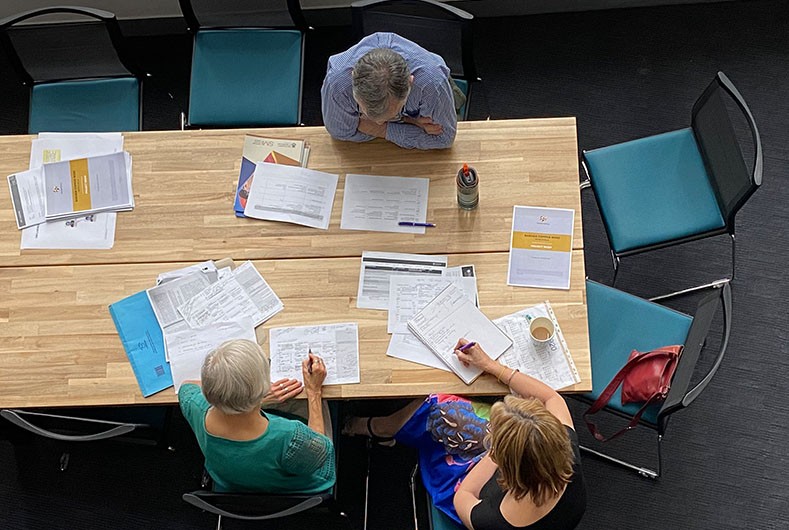 Government engagement: insights from three Australian states
Government engagement: insights from three Australian states
This project sought to establish current state priorities for socially responsible mine closure and smooth regional post-mining transitions in the Australian state jurisdictions of New South Wales, Queensland and Western Australia. It concentrated on priorities that are not yet evident in legislation and cultivating state authorities’ interest in the work of the consortium. The project aimed to: better understand current and emerging expectations and role of Australian governments in ensuring attention to social aspects of closure; identify government strategies for improving the ‘afterlife’ for mining communities and regions; articulate regulator roles in protecting the public good and ensuring a positive socio-economic legacy of mining; facilitate two-way communication between the consortium and governments and identifying ways for government departments to connect to the consortium’s work.
Researcher: Dr Jo-Anne Everingham
 Mining as a temporary land use: industry-led transitions and repurposing
Mining as a temporary land use: industry-led transitions and repurposing
Post-mining land use and associated economies have become a priority issue in mine lifecycle planning. This scoping project starts from the position that reconceptualising mine ‘closure’ may enhance the industry’s contribution to sustainable development. This project reframes mining as a temporary land use. The primary focus of this research is on identifying examples of post-mining repurposing of land and related economic transitions that are being led by industry. Transitions led by state or other actors (e.g. civil society groups) provide additional inspiration for industry-led opportunities. Our findings provide an initial repository of cases that different parties can to refer to in making decisions about post-mining futures.
Researchers: Dr Sarah Holcombe and Julia Keenan
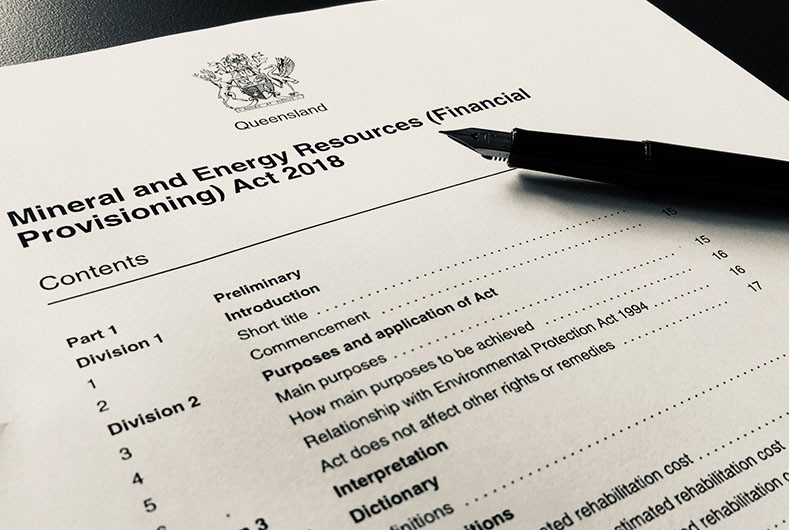 Social aspects of mine closure: governance & regulation
Social aspects of mine closure: governance & regulation
This project extends previous CSRM work on closure regulation and closure bonds. We reviewed mining regulations across 10 jurisdictions around the world. The objective was to build a knowledge base of how regulators are approaching social aspects of closure. This involved collating, organising, and characterising over 40 Acts, regulations, and policy documents. We found that no jurisdiction had passed regulation specific to social aspects of closure, and all tended to focus on biophysical aspects of closure. Social aspects of mining received attention in relation to approvals, but not generally for closure. The evidence gathered in this project can be mobilised to support subsequent work. We suggest a collaboration between industry, government, and other stakeholders to develop model regulations that account for a variety of perspectives and reflect realistic operational parameters.
Researchers: Dr Anthony Kung, Dr Jo-Anne Everingham and Dr Vlado Vivoda



